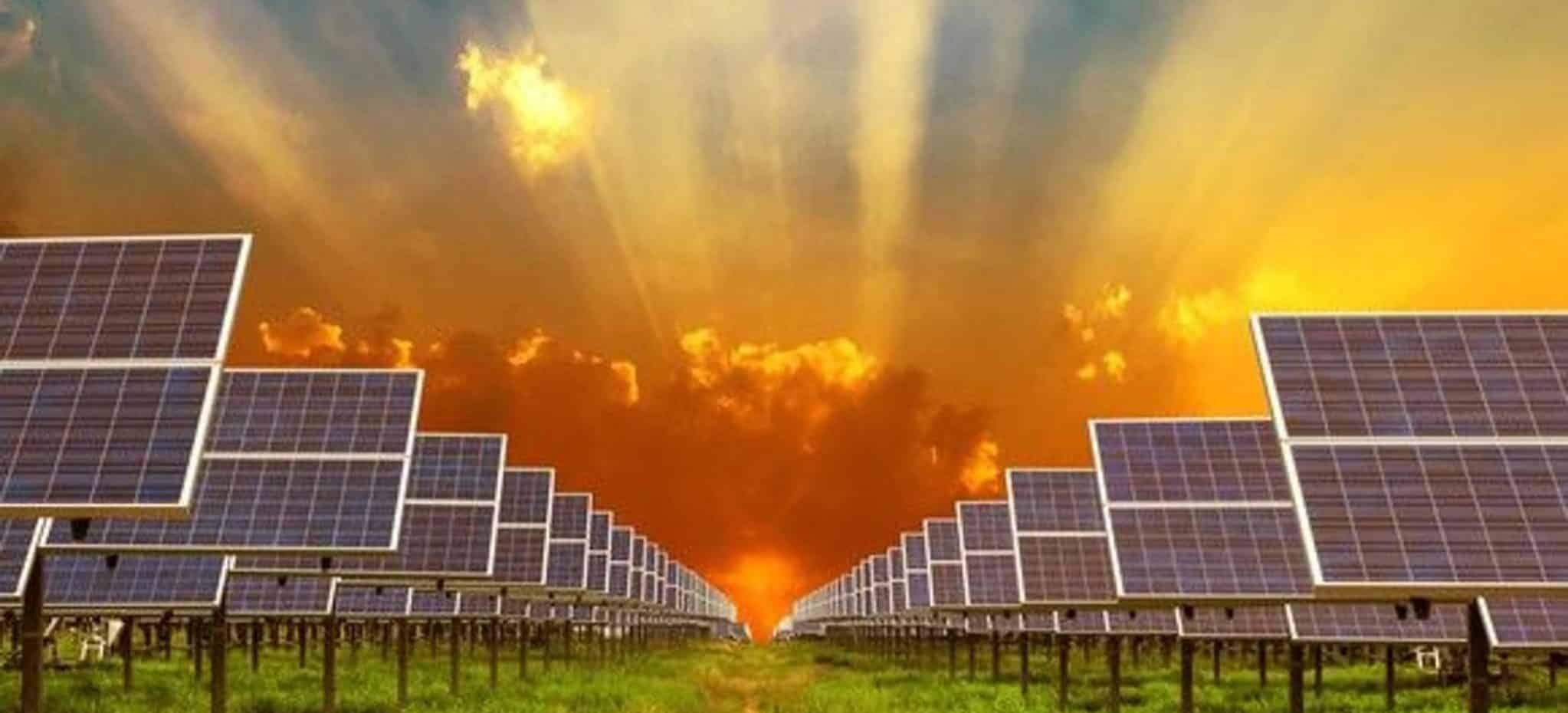The Future of Solar Energy: Advancements and Impact on India's Energy Landscape
Introduction
Solar energy, derived from the sun's rays, has emerged as a key player in the global quest for sustainable and renewable energy. As technology advances, solar power is becoming more efficient, affordable, and accessible. This is particularly important for India, a country with abundant sunlight and a growing energy demand. In this blog post, we will explore the latest advancements in solar technology, innovative storage solutions, and their potential impact on India's energy landscape.

Advancements in Solar Technology
- Photovoltaic (PV) Cells: The core of solar energy technology lies in photovoltaic (PV) cells, which convert sunlight directly into electricity. Recent advancements have significantly improved the efficiency of these cells. Traditional silicon-based PV cells are now reaching efficiencies of over 20%. Additionally, new materials like perovskites are being developed, which promise even higher efficiencies and lower production costs.
- Bifacial Solar Panels: Bifacial solar panels can capture sunlight from both sides, increasing the amount of energy generated without requiring additional space. These panels are particularly effective in locations with high ground reflectivity, such as sandy areas common in many parts of India.
- Solar Tracking Systems: Solar tracking systems adjust the angle of solar panels throughout the day to follow the sun's path, maximizing energy absorption. Single-axis trackers follow the sun from east to west, while dual-axis trackers adjust both horizontally and vertically. These systems can increase energy production by up to 25-35%, making them an attractive option for solar farms.
Innovative Storage Solutions
- Lithium-ion Batteries: Lithium-ion batteries are currently the most common storage solution for solar energy. They offer high energy density, long lifespan, and decreasing costs. However, the supply of lithium and other materials needed for these batteries can be limited and environmentally challenging.
- Flow Batteries: Flow batteries, such as vanadium redox flow batteries, offer a promising alternative. They store energy in liquid electrolytes contained in external tanks, providing scalability and longer cycle life. This makes them ideal for large-scale storage applications like grid stabilization.
- Thermal Storage: Thermal storage systems, like molten salt storage, capture and store heat from the sun, which can then be used to generate electricity when sunlight is not available. These systems can store energy for longer durations compared to conventional batteries, providing a reliable backup during cloudy days or nighttime.
Impact on India's Energy Landscape
- Meeting Growing Energy Demand: India's energy demand is projected to double by 2040. Solar energy can play a crucial role in meeting this demand sustainably. With vast land areas and high solar insolation, India is ideally positioned to harness solar power. Government initiatives like the National Solar Mission aim to achieve 100 GW of solar capacity by 2022, contributing significantly to the country's energy mix.
- Reducing Carbon Footprint: India is the third-largest emitter of greenhouse gases. Transitioning to solar energy can help reduce the carbon footprint, mitigating the effects of climate change. Solar power is a clean energy source, producing no direct emissions during operation.
- Enhancing Energy Security: India currently imports a significant portion of its energy needs, primarily in the form of oil and gas. By investing in solar energy, India can reduce its dependence on imported fuels, enhancing national energy security. Additionally, solar energy can provide reliable power to remote and rural areas, supporting economic development and improving the quality of life.
Conclusion
The future of solar energy is bright, with continuous advancements in technology and storage solutions making it more efficient and cost-effective. For India, embracing solar power is not just an environmental necessity but also an economic and strategic imperative. As solar technology evolves, it holds the promise of transforming India's energy landscape, ensuring a sustainable and prosperous future for all.
Solar energy is not just a part of the future; it is the future. With the sun shining brightly over India, the time to harness its power is now.




Post a Comment